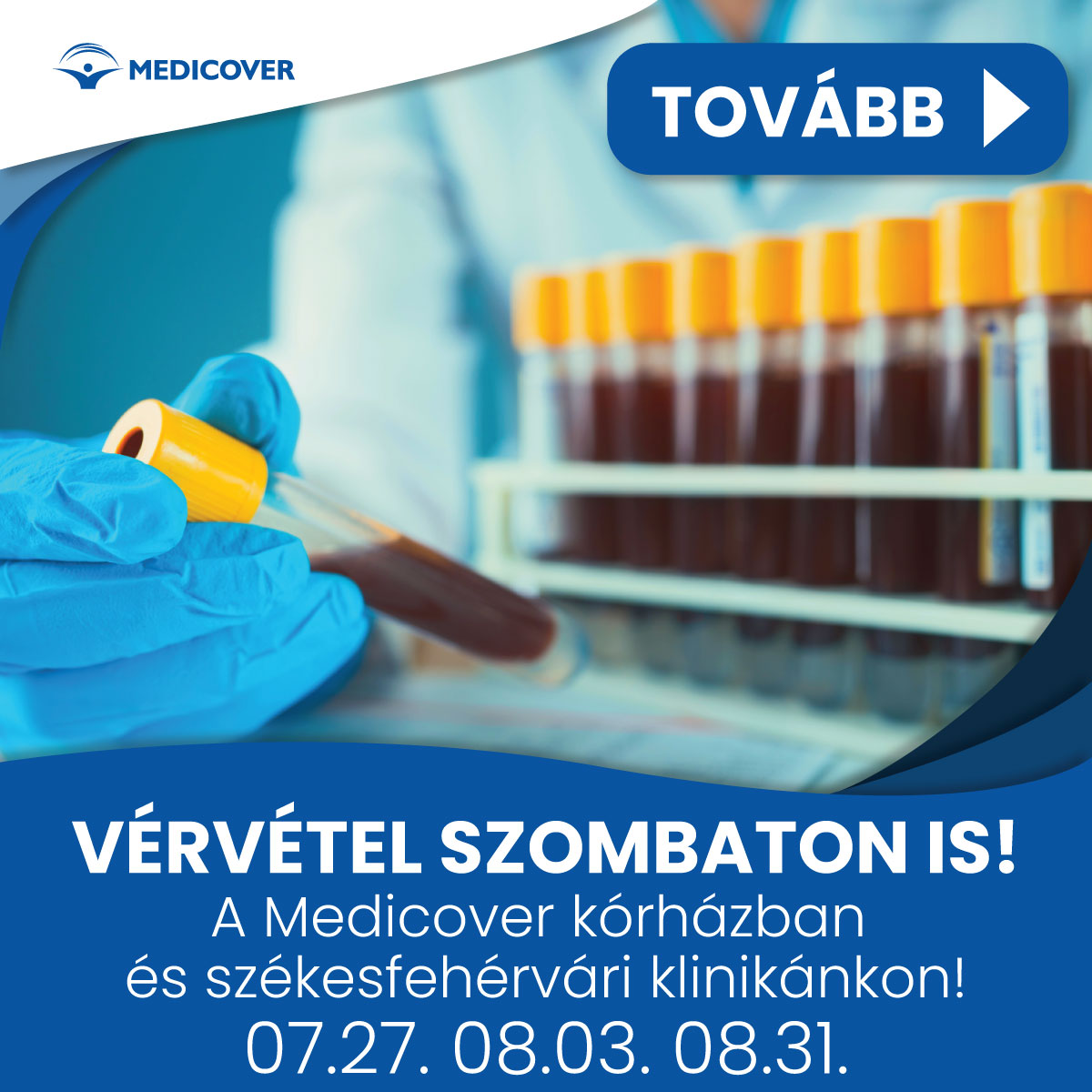Physiotherapy
Physiotherapy is the method with which we effectively treat individual musculoskeletal complaints and injuries. At our Clinic, specialists (orthopaedists, rheumatologists, neurologists) perform the diagnostic examination, on the basis of which we provide individualized movement treatment with the help of a graduate physiotherapist. The primary goal of physiotherapy treatments is to reduce pain and improve joint movements. During the treatments, our patients can learn what they can do themselves to reduce or eliminate their complaints.

We primarily treat our clients with the following conditions and diseases
- Spinal disc herniation
- Scoliosis of the spine
- Other spinal problems with neck, back or waist pain
- Postural disorders
- Conditions after accidents, sports injuries (fracture, rupture of ligament)
- Postoperative conditions
- Osteoporosis
- Abrasion of joints
Our treatments include:
- McKenzie Method
- Schroth Method
- Manual therapy
- Spine exercise with strengthening the torso muscles
What is the basis of the McKenzie Method?
The McKenzie method (also known as MDT, or “Mechanical Diagnosis and Therapy”) was developed by physiotherapist Robin McKenzie, who believed in developing a treatment tailored to the patient.
The so-called mechanical diagnosis and therapy is thus about a thorough examination and the development of personalized treatment appropriate to the patient’s condition. Accordingly, in the first round, the therapist examines how the patient’s sense of pain changes in different body positions and as a result of movements (movement test). The observation would like to discover when the level of pain decreases or in which cases it disappears. In addition, by questioning the patient in detail, the therapist will also find out when and how the patient’s pain began, where it can be felt, what is behind it (surgery, possibly an accident), and whether it may indicate any inflammation or other lesions.
The exercises are designed with the main characteristics of the patient’s pain (direction, intensity of the pain) as a result of certain movements. The biggest advantage of the method is that it has been recognized that not all patients benefit from the same practice, as they must always be based on individual characteristics and feelings of pain.
What is the Schroth Method?
The Schroth method is suitable for the three-dimensional correction of scoliosis, posture defects and Scheuermann’s disease, and for the treatment of various spinal pains. When it comes to Scheuermann’s disease, the sagittal curvature (arrow-direction) of the spine is different from normal.
The method aims at straightening the spine with maximum spine stretching, three-dimensional rotational breathing, and muscle strengthening. Corrective practices can be easily integrated into everyday life. Therapy is individualized in each case. Guided rotary breathing technique, cardiovascular and respiratory training play an important role in 3-dimensional correction.
Manual therapy
The term manual therapy comes from the Latin word “manus” which means hand. The point of the manual treatment is to restore the statics of the spine and pelvis through special grips. The main goal of the therapy is to treat the pain, acute and chronic changes of the musculoskeletal system, and to relieve the symptoms. Treatment is preceded by recording the medical history, a detailed analysis and a comprehensive examination. The patient’s condition may be assessed by MRI, CT, or ultrasound, and, if appropriate, by specific laboratory tests.
Why is spinal exercise important?
Spine exercise helps strengthen core muscles, prevent muscle stiffness, and relieves restricted spinal movements and improves posture. The main goal is to maintain the widest possible range of motion considering the circumstances and the patient’s condition, as well as to optimize posture.
Spine exercises, according to their types, are aimed at:
- Muscle strengthening
- Muscle stretching
- Complete moving of the joint
- Improving endurance

